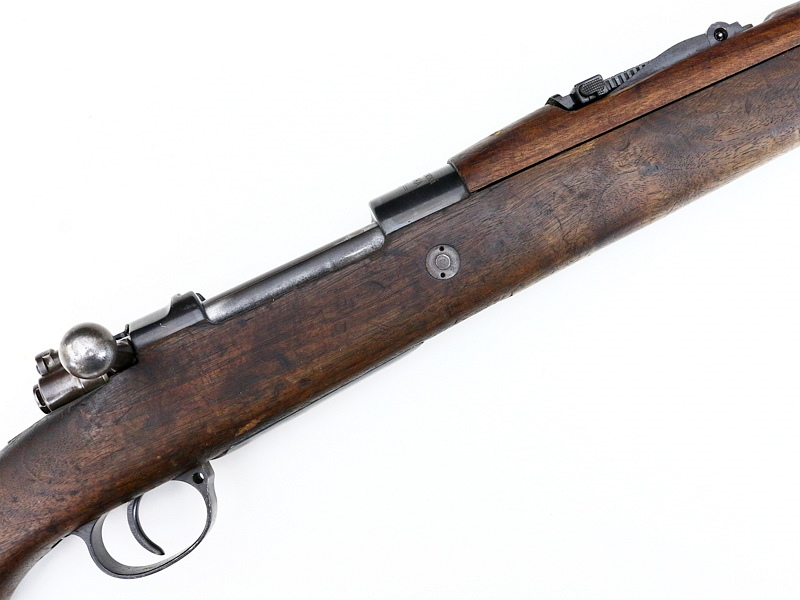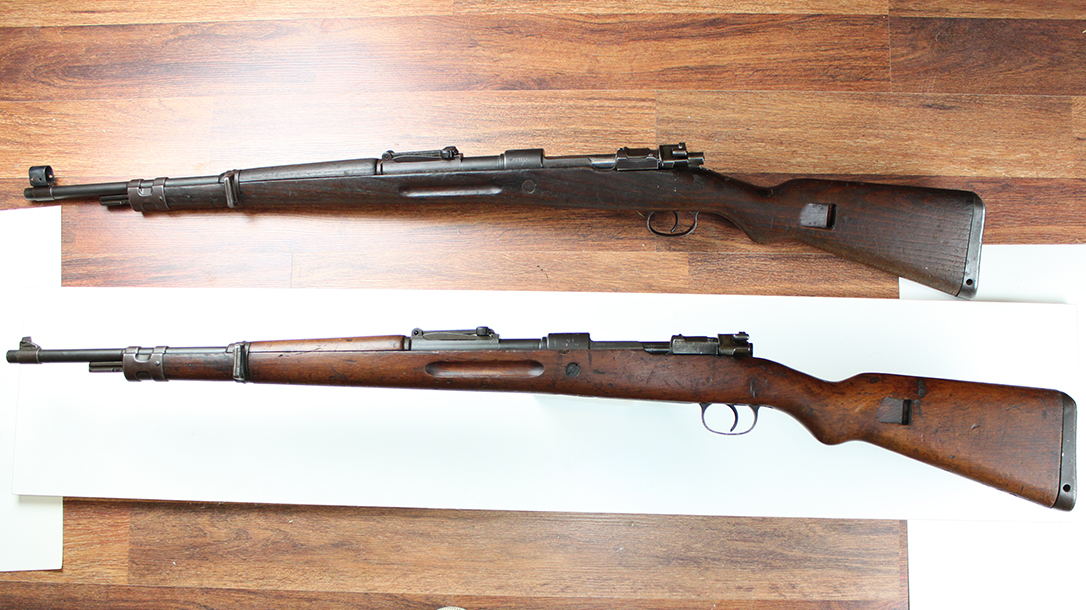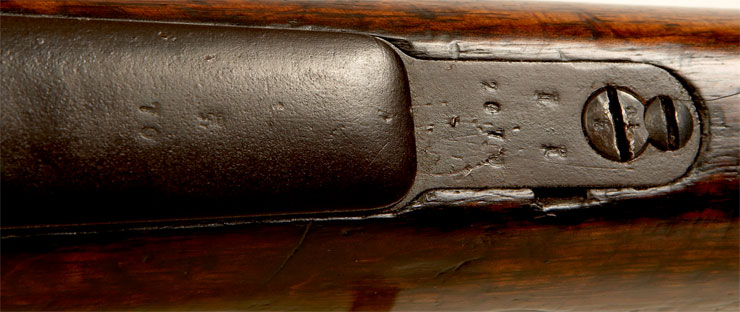

Little more than the standard Infanteriegewehr 98 long rifle fitted withĪ simple tangent rear sight. The first ZB-built 98 Mauser was the Puska vzor 1898/22, which was Standard weapon and arrangements were made to produce it locally. The Mauser over the Mannlicher, the Czech army adopted it as the In addition, between 19, Brno manufactured approximatelyĤ,000 M.95 Mannlichers and assembled 42,000 Infanteriegewehre 98 from Quantities of Fusil d'Infanterie Modele 1907/15 (Berthiers) from Mannlicher Repetier-Gewehre M.95 for the Czech army. Reconditioning tens of thousands of Mauser Infanteriegewehre 98 and Known as Zbrojovka Brno (ZB), whose first assignment consisted of With reparations, including military weapons and the Brno works, now The war, both Austria and Germany were required to supply Czechoslovakia The new nation was fortunate in that one of Europe's premierĪrmsmaking facilities, the former Austro-Hungarian artillery workshop atīrno, was located in Bohemia. One of the best equipped, trained and motivated armies on the continent, Soviet Union to the east, the Czech government created and maintained Traditional enemy, the Germans, to their north and the ever threatening With the dual threats to their independence from their Many of the members of the Legion became prominent in politics and Sudetendeutsche, who were to be cause of much trouble in the future. Merger of the regions of Bohemia, Slovakia, and Carpathian Ruthenia.Īmong their multi-ethnic population was a large minority of Germans, the The new nation of Czechoslovakia was established in 1919 and was a Military achievements, and is a tale in itself. This Odyssey ranks alongside history's greatest Port of Vladivostok, where they were taken off by Allied vessels and Revolution, the 50,000-man Czechoslovak Legion in Russia fought its wayĮastwards, 5,000 miles, along the Trans-Siberian railroad to the Pacific With the collapse of Imperial Russia, and the resulting Communist "legions" which fought against the Central Powers on the Czechoslovak nationalist leaders formed them into several Leading to increasing ethnic tensions within the army.īy the end of the first year of World War I, tens of thousands ofĬzech and Slovaks serving in the Austro-Hungarian army surrendered to In the early 20th century, Czech and Slovak nationalists beganĬalling for increased autonomy, if not outright independence, demands "westernized" of the Slavic peoples, their Austrian rulersĬonsidered Czech regiments more reliable than those of otherĮthnicities, which resulted in many Czech officers attaining high rank. While subjects of the Austro-Hungarian Empire since 1526, theĬzechs and Slovaks had maintained their cultural identities. Mounted chivalry of Germany and Austria and laid the foundations of

Leadership of their one-eyed general, Jan Zizka, repeatedly defeated the The 15th century when the Bohemian Hussite infantry, under the Proud military tradition that stretches back to the religious wars of

The Czech and Slovak peoples of central Europe have a long and
CZECHOSLOVAKIA MAUSER GEWEHR 98 FREE

It was developed from the Mauser Gewehr 98 line, and features a very similar bolt design. 24 rifle is a bolt-action carbine designed and produced in Czechoslovakia from 1924 to 1942.


 0 kommentar(er)
0 kommentar(er)
